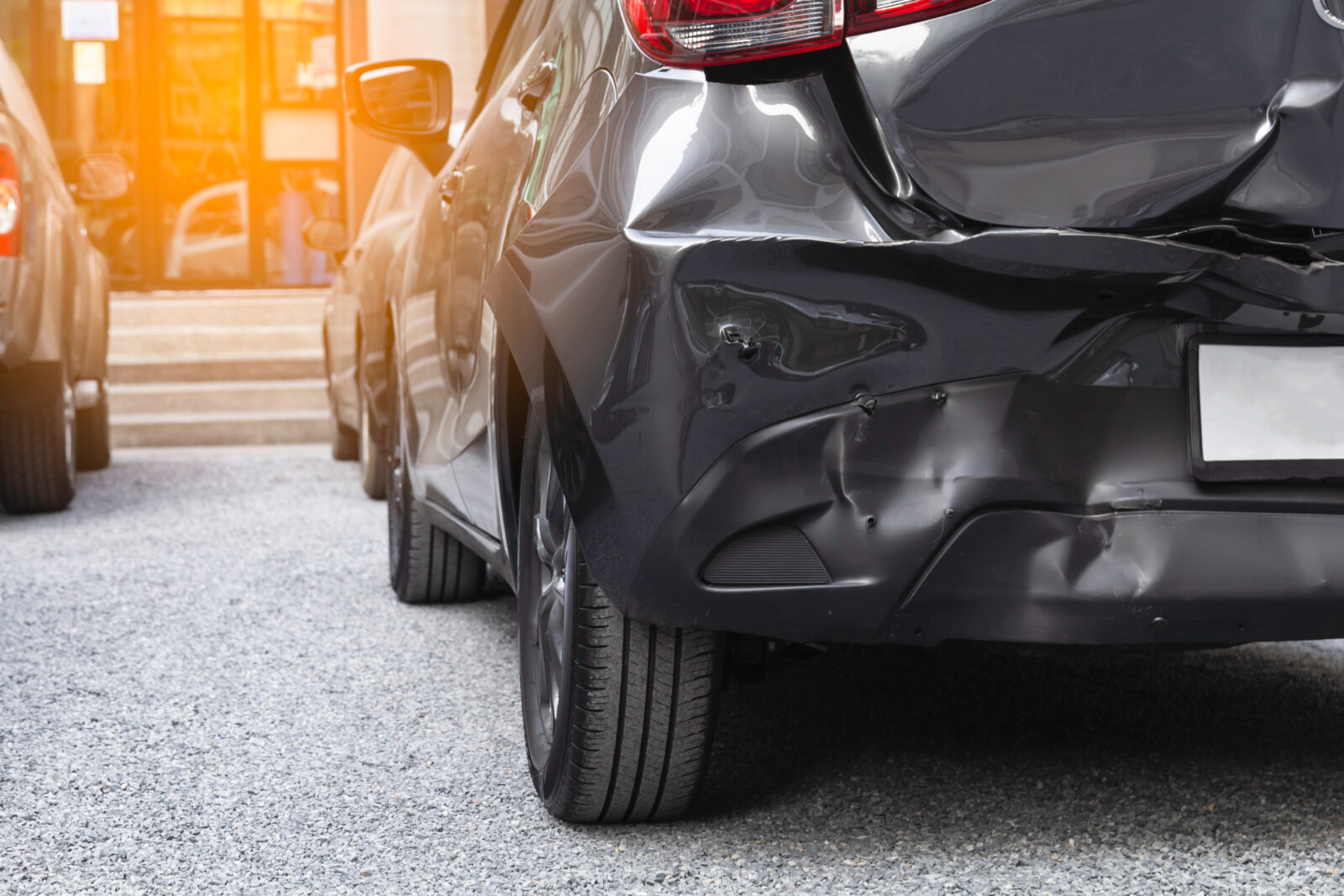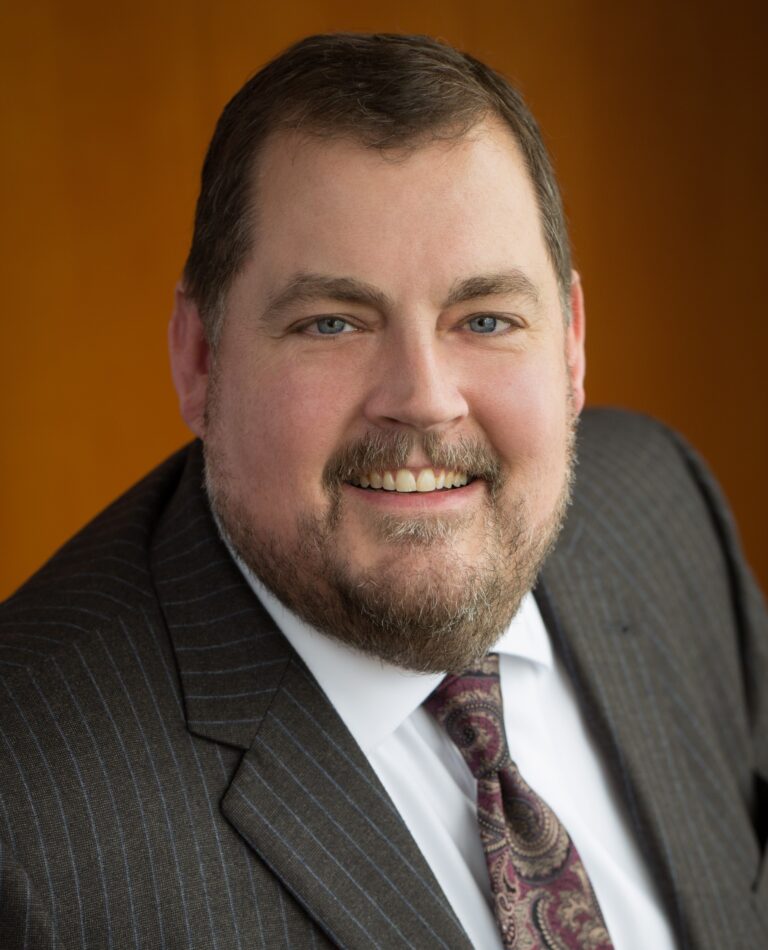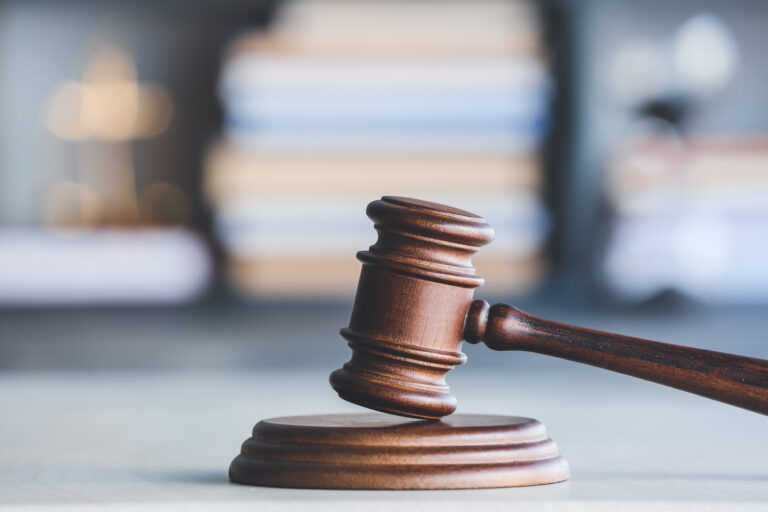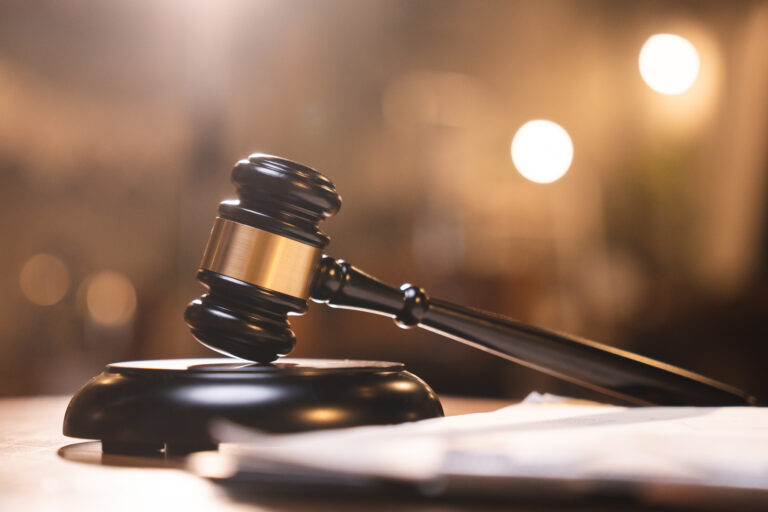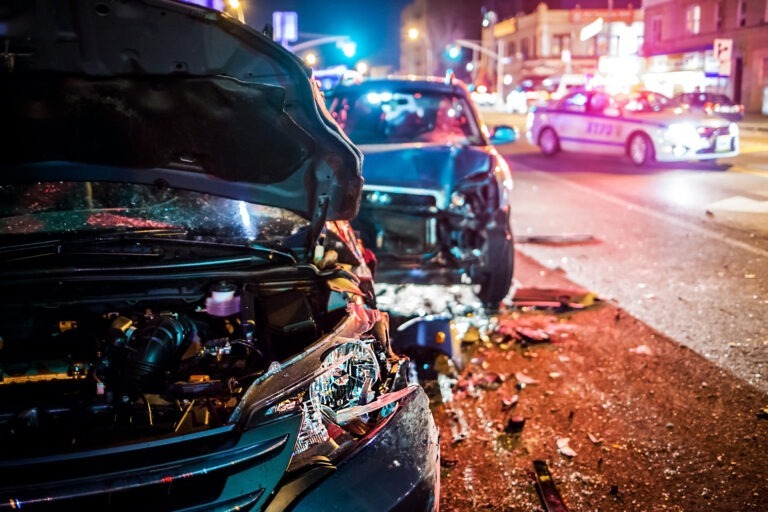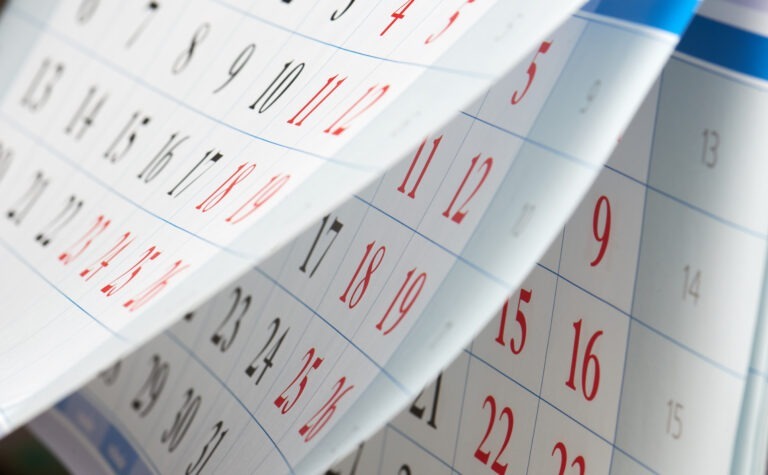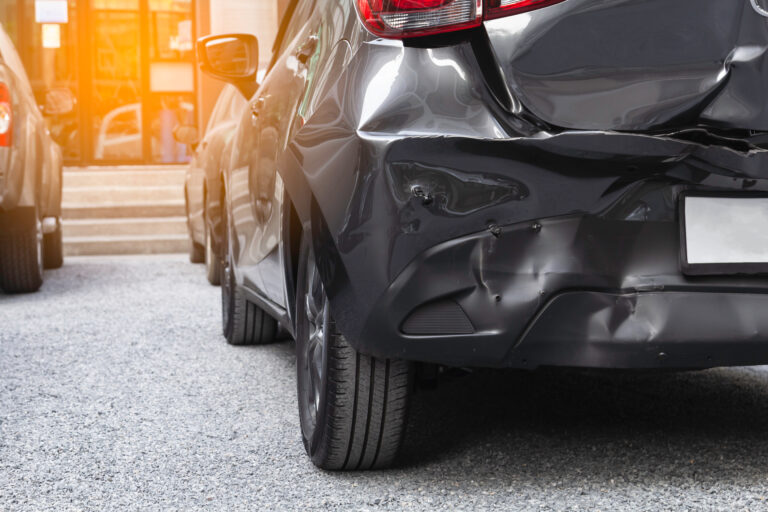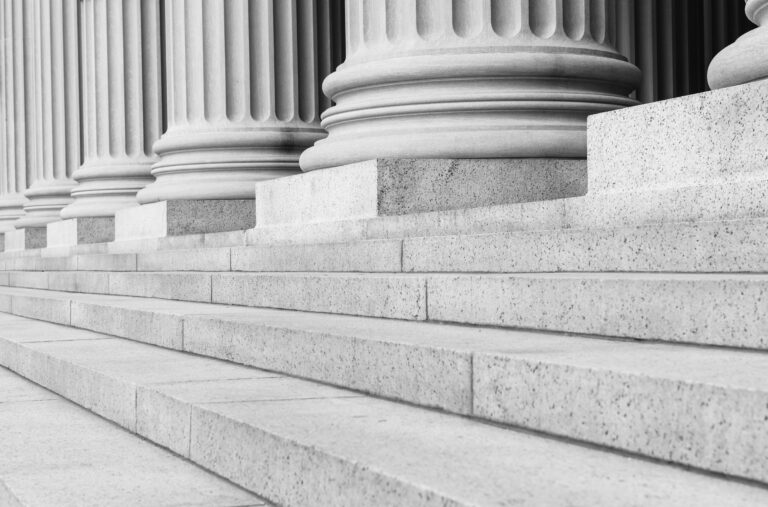The Show Must Go On
SFE Attorney: Cliff Wilson
Claims Alleged: Automobile Accident Coverage
Injuries Alleged: Automobile Damage and Medical Costs
Amount Claimed: $20,000 ($10,000 each for two plaintiffs)
The Overview
Team Cliff Wilson has again prevailed in a convoluted ORS 20.080 arbitration. At arbitration, a surprise witness was allowed to testify and Cliff successfully recreated the wheel of the defense strategy to achieve a favorable outcome for our client.
The Background
In 2012, the plaintiffs (husband and wife), were traveling in heavy, stop-and-go traffic on the Oregon Coast Highway when they were tapped by the car behind them. At the scene, the driver behind them alleged that a third vehicle, traveling behind him, rear-ended him which forced him into the plaintiffs’ vehicle. The third driver denied that he caused the chain-reaction collision also that he pushed the vehicle in front of him into the plaintiffs. The third driver, instead believed that the second driver slammed on his brakes, without warning due to hitting the plaintiffs’ vehicle which caused him to rear-end the second driver. The plaintiffs ultimately filed suit against only the third driver.
Cliff Wilson was hired to represent the third driver who claimed from the start of the case that the second driver was actually at fault because he repeatedly accelerated and slammed on his brakes, which caused him to rear-end them. After receiving around $4,500 in PIP benefits to cover their exclusive chiropractic costs, the plaintiffs sued Cliff’s client for $10,000 each for non-economic damages, totaling to $20,000, and attorney fees under Oregon’s low dollar statute, ORS 20.080. Prior to filing suit, plaintiffs, through their attorney, filed a written demand pursuant to ORS 20.080, demanding $10,000, each, in non-economic damages. In response to plaintiff’s demand, the insurance carrier offered one plaintiff $1,800 in non-economic damages plus PIP and one plaintiff $1,900 in non-economic damages plus PIP. Plaintiffs’ declined that offer and filed suit.damages plus PIP and one plaintiff $1,900 in non-economic damages plus PIP. Plaintiffs’ declined the offer and filed suit.
Plaintiffs’ Strategy
Initially, no party planned to include expert witnesses. As arbitration approached, plaintiffs’ counsel made the decision to track down the driver of the second car to get their testimony at arbitration. With the help of a non-licensed private investigator, plaintiff’s counsel was finally able to locate the driver and obtained an informal recorded statement. Ten days prior to arbitration, plaintiff’s counsel attempted to admit the recorded statement into evidence for the arbitration. Seven days prior to the arbitration, plaintiff’s counsel attempted to admit the non-licensed private investigator as a witness, both lay and expert, to testify as to the conversation with the second driver and as an “expert in investigations.” Cliff argued that the testimony was inadmissible, hearsay, and violated the timelines for disclosure set forth in the UTCR causing great prejudice to the defendant. Despite those arguments, the arbitrator determined that if the second driver appeared at the arbitration, he would be allowed to testify so long as there was an opportunity cross examine him. On the morning of the arbitration, the second driver showed up and testified that the defendant did hit him, pushed him into the plaintiffs’ vehicle, and ultimately caused the accident. With the surprise witness demolishing his initial theme, Cliff had to quickly develop a new plan of action.
Our Strategy
The initial arbitration strategy in this case was to defend the case on liability and argue that Cliff’s was not liable for the subject accident or any alleged injuries or damages arising out of that accident. Like the plaintiffs, the defense did not plan on including expert witnesses. However, plaintiffs’ ambush (their expert witness and the testimony of the second driver) forced Team Wilson to change course.
The new strategy became to show that even though our client may have caused the accident, this was a low impact accident, there was no proof that the plaintiffs were injured as a result of it, and that plaintiffs had already been more than fully compensated for their alleged damages. Plaintiffs’ medical bills and property damage had already been paid in full by PIP. Without a medical expert, Cliff argued that plaintiffs’ alleged injuries were never proven at arbitration, and therefore it could not be determined if they were reasonable or necessary, and that plaintiffs’ “limitations” after the subject accident were minimal to nonexistent.
The Outcome
Ultimately, the arbitrator found the defendant “more likely than not” liable for the accident; however, he awarded each plaintiff $1,700 in non-economic damages instead of their requested $10,000. This award beat Cliff’s written pre-filing offer by a few hundred dollars, saving the client nearly $20,000 in damages and over $20,000 in attorney’s fees.
When responding to an ORS 20.080 demand, claims professionals should take care to clearly state separately the amount of non-economic damages and the amount of economic damages you are offering. For example, do not simply offer $8,000 inclusive, or $8,000 for all damages, or $8,000 for non-economic damages and PIP. If you separate out the pre-filing offer into non-economic and economic (or PIP) damages, the applicable pre-filing offer will clearly define the amount to beat for the purposes of determining if attorney’s fees should be awarded.
Tell us about your legal challenge.
Then we’ll tell you how we
can help.
